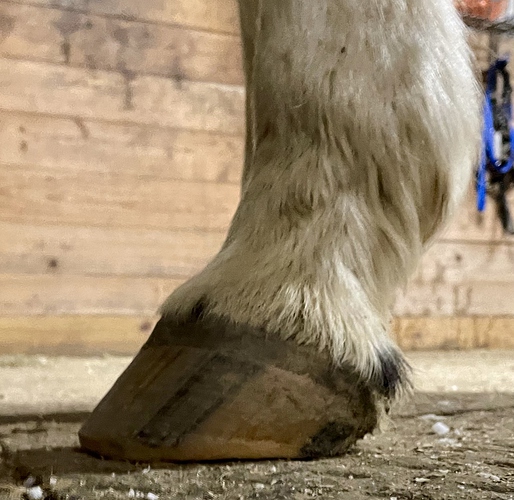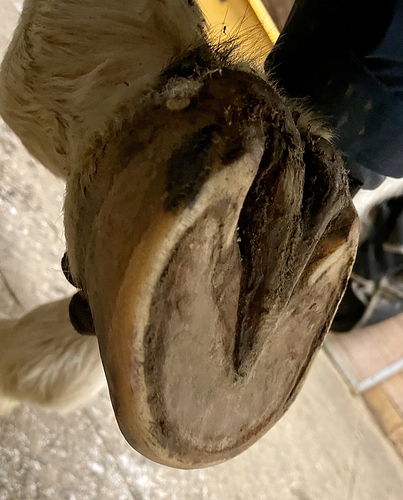My horse has recently had a bout of laminitis and needs to be off all grass indefinitely. He is currently stalled until I can kill the grass in his run. He got the laminitis just eating the bits of grass growing up along the fence line, so I need to kill every last blade. The run is about 15 x 60 feet with an attached run-in. It is on a slope, mostly bare dirt, with a strip of gravel up the middle. The run-in is at the top on a level spot and there are issues with mud and standing water in that area when it rains. The horses have worn paths along the sides of the lot because the gravel hurts their feet. There is grass along the fence line on all sides and some growing up between the gravel. Fence is mostly three string elecrobraid. I board, so I’m not keen to spend thousands on completely replacing the footing to create a proper dry lot. The property owner has given me permission to kill the grass. He would probably let me put a layer of something (crushed gravel or similar) down as well. I was considering weed whacking everything down as low as possible and then spraying with vinegar on a sunny day, but I know that this needs to be repeated regularly. I’m also weighing physically blocking the grass under the fence with something like landscaping fabric, but not sure of the logistics of keeping it in place safely.
Does anyone have any ideas, suggestions, or experience?

Amazon.com: Sandbaggy 6 Inch Galvanized Landscape Staples - SOD Garden Stakes...
Buy Sandbaggy 6 Inch Galvanized Landscape Staples - SOD Garden Stakes Pins ~ Trusted by Farmers & Contractors Across The USA (200 Staples): Garden Stakes - Amazon.com ✓ FREE DELIVERY possible on eligible purchases





